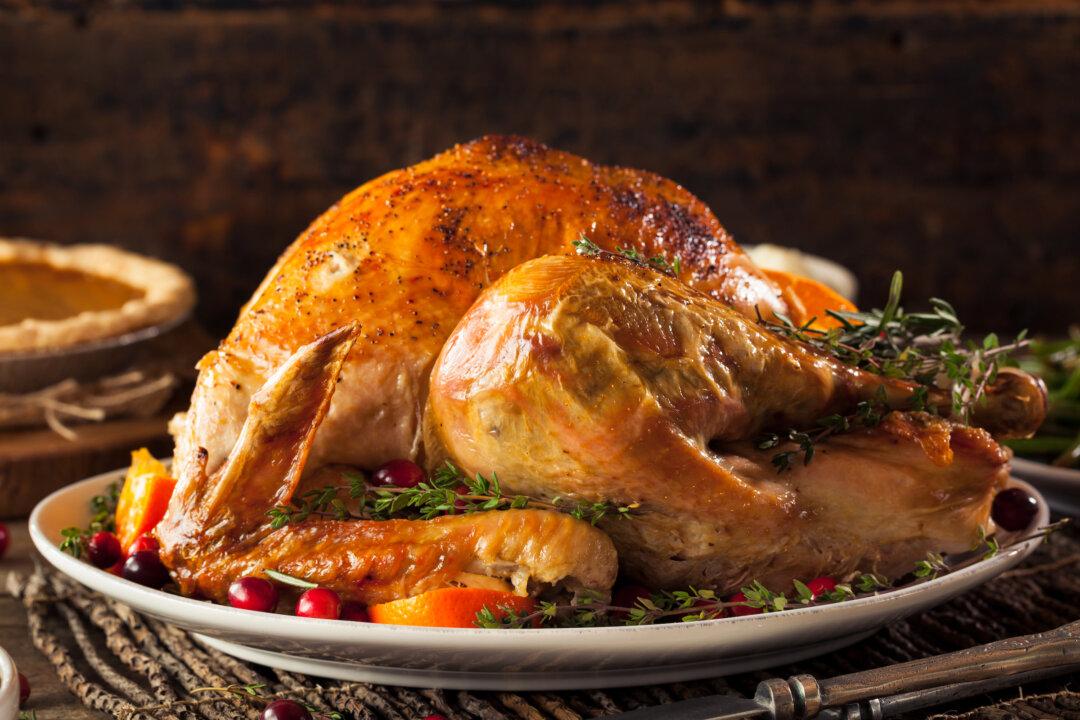On most restaurant ranking lists—and in the minds of most diners—taste is of utmost importance. But for Sara Brito, that’s just scratching the surface.
Brito is the president and co-founder of the Denver-based nonprofit Good Food Media Network, which recently released its second annual Good Food 100 Restaurants list. This list takes a different approach to spotlighting good food: it honors restaurants and chefs who are committed to sustainable and transparent food-purchasing practices, lauding their efforts towards building a better food system.






